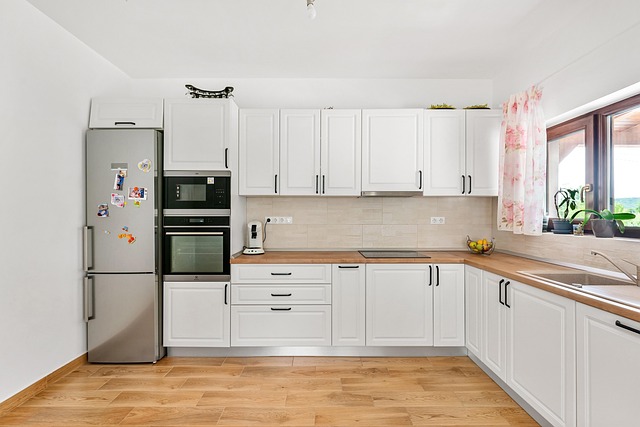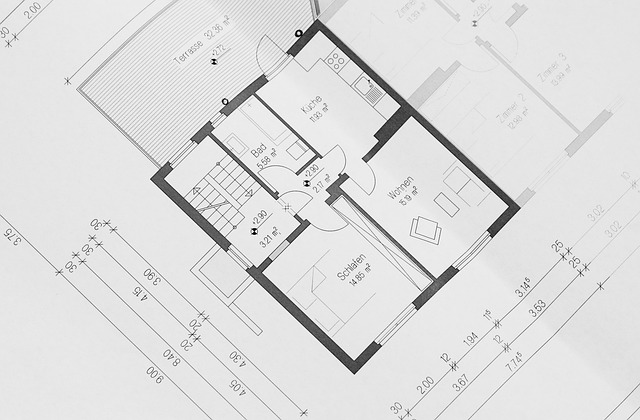In real estate, a reserve price is a strategic tool for sellers, setting a minimum selling price based on market analysis and property characteristics. It provides transparency for buyers, ensures fair transactions, and acts as a safety net during negotiations. Sellers can use comparative market analysis to determine the optimal reserve price, attracting offers while protecting their investment in volatile markets or for unique properties. This strategic approach streamlines sales by encouraging buyer interest within the reserved range.
In the dynamic world of real estate, setting a reserve price is an effective strategy for both sellers and buyers. This article guides you through the intricacies of understanding reserve prices, highlighting their significance in protecting property values. We explore the benefits for sellers, from attracting the right buyers to securing top dollar. Additionally, we provide actionable strategies to determine the optimal reserve price, ensuring a successful transaction in today’s competitive real estate market.
Understanding Reserve Prices in Real Estate: The Basics

In real estate, a reserve price is a predetermined minimum selling price set by the seller or listing agent. It serves as a safeguard to ensure that the property’s value aligns with market conditions and prevents sellers from accepting an offer below their expectations. Understanding reserve prices is crucial for both buyers and sellers in the competitive real estate market.
When setting a reserve price, sellers consider various factors such as comparable sales (recently sold properties with similar characteristics), property condition, location, and market trends. This strategic approach helps maintain the integrity of the sale while ensuring that the seller’s investment is protected. By establishing a realistic reserve price, buyers can feel more confident in their offers, knowing that they are not overpaying for the asset.
Benefits of Setting a Reserve Price for Sellers

Setting a reserve price in real estate offers several advantages for sellers. Firstly, it provides a safety net by ensuring the property doesn’t sell below a predetermined value, protecting the seller’s investment and preventing potential losses. This is especially beneficial in volatile markets or when selling unique properties where there’s no clear comparative market analysis.
Additionally, a reserve price allows sellers to maintain control over the negotiation process. They can strategically set a price that aligns with their expectations while still encouraging buyer interest. This balance ensures a fair transaction and can lead to quicker sales as buyers are often motivated to negotiate within the reserved range, fostering a more efficient real estate market.
Strategies to Determine the Optimal Reserve Price

Setting a reserve price is a strategic move in real estate that can protect and maximize value. To determine the optimal reserve, sellers should consider several factors. One approach is to analyze recent sales data for similar properties in the area, known as comparative market analysis (CMA). This involves comparing attributes like size, location, amenities, and age of comparable homes that have sold within a specific timeframe. CMA provides insights into current market trends and helps set a realistic reserve price.
Another strategy is to assess repair and renovation costs versus potential value increases. If a property needs significant repairs, factoring in these expenses can prevent overpricing. Conversely, if the home has unique features or is in a high-demand area, setting a higher reserve price may be appropriate. Sellers should also consider their financial goals and time constraints when deciding. Balancing between achieving a favorable sale and allowing enough time for potential offers to come in requires a thoughtful approach to pricing strategy.






